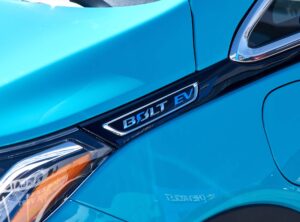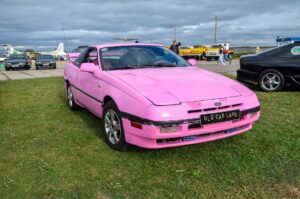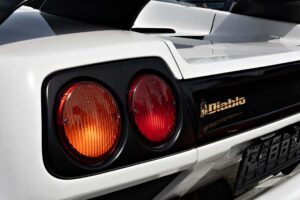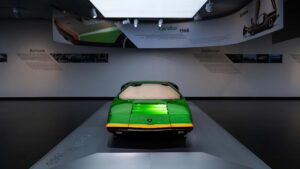Over the years, automakers have come up with some truly weird car names – some lost in translation, others just plain bizarre. From mystical wizards to salad-inspired rides, these names make you wonder – what the hell were they thinking? Let’s take a ride through the strangest names to ever hit the road.
Isuzu Mysterious Utility Wizard – A Name Straight Out of a Fantasy Novel
Somewhere in a boardroom in Japan, a group of Isuzu executives must have been watching way too many fantasy movies. That’s the only explanation for the Mysterious Utility Wizard. It’s one of those weird car model names that sounds more like a Dungeons & Dragons character than a simple SUV.
The logic behind it? Well, “Utility” makes sense – it’s a practical, do-it-all family vehicle. But “Mysterious Wizard”? That part remains a mystery. Maybe Isuzu wanted it to sound magical, like a vehicle with hidden powers. Or maybe they just threw words together and called it a day.
Despite the strange name, the Mysterious Utility Wizard was actually a solid SUV. Launched in the early ‘90s, it was a rugged vehicle capable of some off-road driving adventures. It had a choice of gasoline or diesel engines, good ground clearance, and a reputation for durability. While its magical abilities were questionable, its reliability on rough terrain was not.

Mazda Laputa – Lost in Translation?
At first glance, “Laputa” might sound elegant, even exotic. In reality, it’s one of the biggest translation blunders in automotive history. Mazda named this small hatchback after a floating island from Jonathan Swift’s Gulliver’s Travels.
Sounds classy, right? Well, not if you speak Spanish. In several Spanish-speaking countries, this is a not-so-polite term that definitely shouldn’t be on a car badge. The reaction was, understandably, a mix of shock and laughter. Mazda eventually realized the issue, but by then, the damage was done.
Translation mishap aside, the Mazda Laputa was a small city car sold in Japan between 1999 and 2006. It was basically a rebadged Suzuki Kei – a tiny, lightweight hatchback. Under the hood, it had a small turbocharged engine, which gave it a decent pep for its size. While the name made it infamous, the four-wheeler itself was a practical and affordable runabout that quietly disappeared from the market.
Mitsubishi Lettuce – A Salad on Wheels
Some four-wheelers are named after speed, power, or elegance. This one was named after… leafy greens. Apparently, it had a split-folding rear hatch, meant to resemble a head of lettuce being peeled apart. That’s quite a stretch, right? But it gets better – the vehicle was actually part of a collaboration with a supermarket chain. Nothing says buy our car like naming it after produce!
The Lettuce itself was a tiny, practical hatchback, based on the Mitsubishi Minica. It had a small three-cylinder engine and was designed for city driving. It wasn’t fast or exciting, but it was efficient and easy to park, though it probably left people wondering if it came with a side of dressing.

Nissan Friend-ME – Is It a Social Media App or a Four-Wheeler?
If you think we’re done with the weird Japanese car names, think again. If Friend-ME sounds like a desperate attempt to be relatable, that’s because it is. It was a 2013 concept vehicle aimed at young Chinese buyers, particularly those glued to their smartphones.
Nissan wanted to appeal to a generation obsessed with connectivity, so they gave their futuristic-looking sedan a name that sounds like a rejected Facebook feature. It was supposed to symbolize friendship and social connection, but let’s be honest – it mostly just sounded awkward.
Strange name aside, the Friend-ME actually had a sleek, modern design with aggressive headlights and a high-tech interior. It featured an advanced infotainment system meant to keep passengers engaged, and it ran on Nissan’s hybrid powertrain technology. Though it never made it to production, it was an interesting glimpse into Nissan’s vision for the future – minus the cringeworthy name.
Volkswagen Thing – When You Just Give Up on Naming
Volkswagen didn’t even try with this one. They just called it what it was – a Thing. In Germany, it was named the Type 181, in Mexico, the Safari, and in the UK, the Trekker. But in the US, VW must have decided – eh, it’s a thing. To be fair, it kind of fits.
The Volkswagen Thing was a boxy, military-style vehicle that looked like a mix between a Jeep and a tin can. It was simple, rugged, and utilitarian – just a thing you could drive. Underneath, the Thing was based on the classic Beetle, meaning it had an air-cooled flat-four engine and rear-wheel drive. The Thing developed a cult following, and today, it’s a quirky classic with a name as unforgettable as its design.
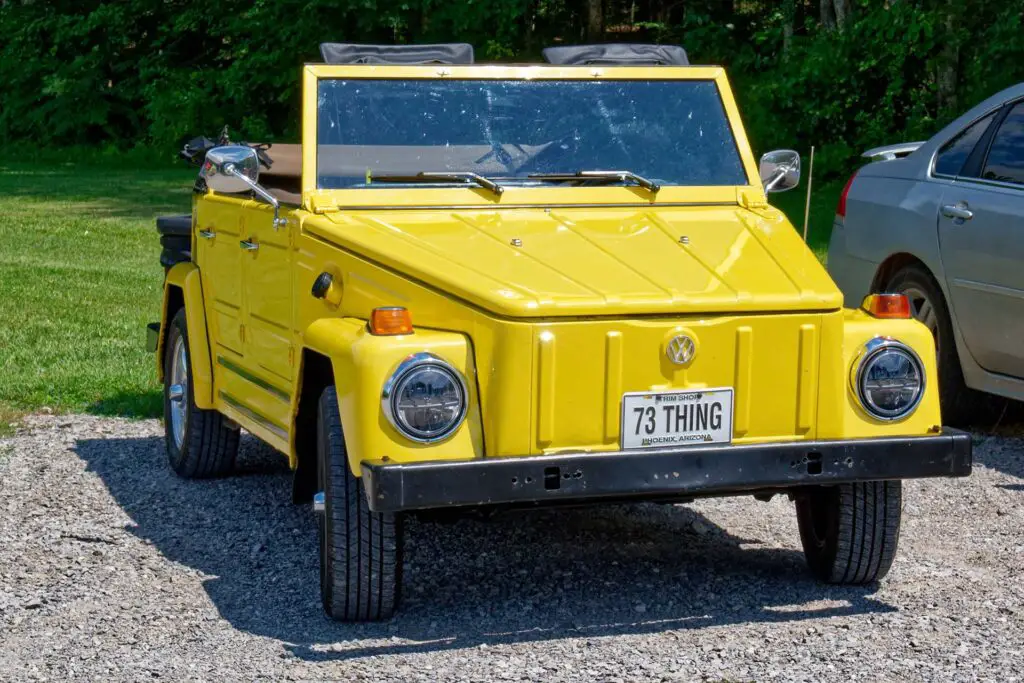
Subaru BRAT – A Four-Wheeler With Attitude (And Tiny Seats)
No, this Subaru doesn’t have anything to do with brat summer. In this case, BRAT is short for Bi-drive Recreational All-terrain Transporter, which is already a mouthful, so shortening was a smart move. But the name ended up being hilariously fitting because this quirky little truck was a rebellious oddball. It was part pickup, part off-roader, and entirely weird.
Despite its unusual setup, the BRAT was a tough little machine. It had Subaru’s signature all-wheel drive and was powered by a boxer engine, making it a surprisingly capable off-roader. It even found fans in high places – former US President Ronald Reagan owned one on his ranch.
Ford Probe – Science Experiment or Sports Car?
The Ford Probe sounds like something NASA might use for deep space exploration, not a sporty coupe. Ford developed it in the ‘80s as a potential replacement for the Mustang, partnering with Mazda to create a sleek, aerodynamic four-wheeler.
Despite the unfortunate name, the Ford Probe was actually a solid ride. It was lightweight, handled well, and had decent power, especially in turbocharged form. It was never quite as popular as Ford hoped, but it did develop a fan base among enthusiasts. In the end, the Mustang survived, and the Probe faded into history – taking its odd name with it.
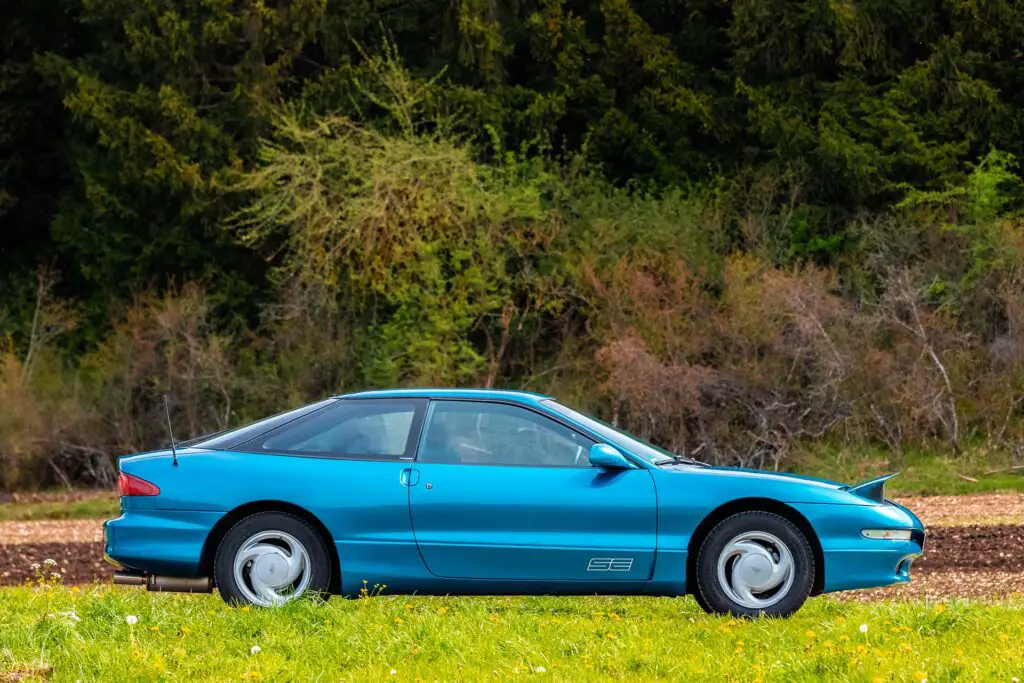
Daihatsu Naked – Someone Forgot to Add Clothes?
Daihatsu took minimalism to a new level with the Naked. The name alone raised eyebrows, but it actually made sense – the four-wheeler had a no-frills, stripped-down design. It featured exposed bolts, rugged body panels, and an overall industrial look.
The Naked was a small four-wheeler designed for city driving. It had a tiny, fuel-efficient engine and a lightweight build, making it great for navigating tight streets. It was never meant to be flashy, but it did stand out – if only because of its awkward name.
Toyota Deliboy – Fast Delivery or Fast Confusion?
The Toyota Deliboy sounds like the superhero of food couriers. It was designed as a commercial van, primarily for small businesses in Japan. The name likely came from “delivery,” but Deliboy made it sound more like a cartoon character than a practical vehicle. Whether Toyota meant for it to be funny or not, the name was hard to take seriously.
As for the van itself, the Deliboy was a boxy, front-wheel-drive workhorse with a simple interior and a focus on cargo space. It was reliable, fuel-efficient, and easy to maneuver in city traffic. While it didn’t have the charm of some other quirky vans, it definitely had one of the strangest names.

Honda That’s – That’s… What, Exactly?
Honda really left people hanging with this one. The Honda That’s was a compact four-wheeler sold in Japan in the early 2000s. The name was meant to be playful and catchy, but it mostly just confused people. That’s what? That’s the car? That’s all?
Despite its odd name, the That’s was a practical city ride. It had a boxy design, a small engine, and excellent fuel economy. It wasn’t fast or fancy, but it was affordable and efficient. The name may not have made much sense, but at least the vehicle itself did.
Why Do Automakers Choose Such Weird Car Names?
After seeing names like Mysterious Utility Wizard and Lettuce, it’s hard not to wonder – why do automakers do this? Surely, with entire marketing teams and focus groups, someone would raise a hand and say – hey, maybe this isn’t the best idea. But it keeps happening, and there are actually a few reasons why:
- Cultural differences and translation blunders,
- Standing out in a crowded market,
- Targeting specific audiences,
- Marketing gimmicks,
- Rushed or lazy naming.
The Aftermath – Did These Names Help or Hurt?
Surprisingly, some of these oddly named cars actually sold well. The Subaru BRAT gained a cult following, partly because of its quirkiness. The Volkswagen Thing, despite looking like a rolling Lego brick, became an icon of the ‘70s and is now a collector’s favorite. Even the Toyota Deliboy had its niche market, serving small businesses that needed a reliable little workhorse.
On the other hand, some of these names hurt more than they helped. The Mazda Laputa was doomed in Spanish-speaking countries, and the Nissan Friend-ME never made it past the concept stage. And the Mitsubishi Lettuce? Well, let’s just say no one wanted to be seen driving a vegetable.
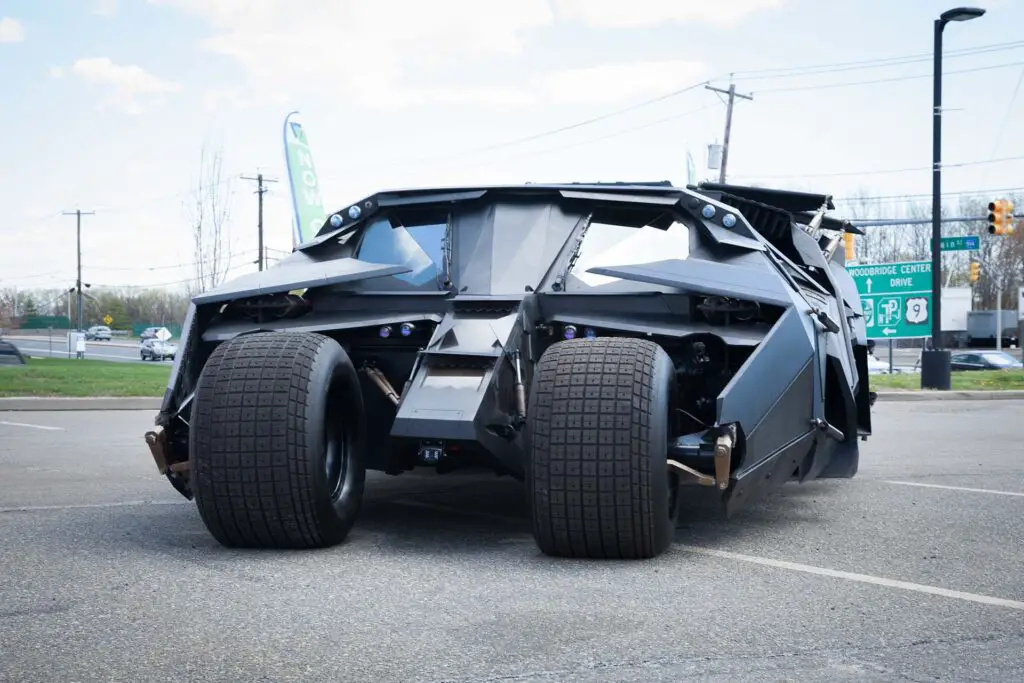
Driving Off Into the Sunset… in a Lettuce?
We’ve seen some truly bizarre names, from enchanted wizards to salad-inspired hatchbacks. Whether lost in translation, born from marketing madness, or just the result of someone having a little too much fun in the naming department, these four-wheelers have certainly left their mark.
One thing’s for sure, no matter how weird, these names make the automotive world a little more entertaining. So next time you see a ride with a strange badge, just remember – it could always be worse. You could be driving a Ford Probe.


